The intersection of mathematics and music has long fascinated scholars, artists, and scientists alike. Few explorations are as compelling as the curious alignment between prime number theory and the structural intricacies of Bach's fugues. At first glance, these domains appear entirely unrelated—one rooted in abstract numerical purity, the other in the emotional resonance of Baroque counterpoint. Yet beneath the surface lies a startling symmetry that reveals deeper truths about pattern, recursion, and the universal language of form.
The Architecture of Primes
Prime numbers, those indivisible integers greater than 1, have governed mathematical inquiry since antiquity. Their distribution follows no obvious arithmetic progression, yet the Prime Number Theorem demonstrates an elegant asymptotic regularity—a logarithmic thinning as numbers grow larger. This paradoxical blend of unpredictability and underlying order creates what mathematicians describe as a "hidden architecture," where apparent chaos gives way to profound structural inevitability.
Modern research into prime gaps and twin primes reveals even more nuanced patterns. Like variations on a musical theme, primes exhibit localized irregularities while adhering to global statistical laws. The Riemann Hypothesis—mathematics' most famous unsolved problem—suggests that all non-trivial zeros of the zeta function lie along a critical line, implying an even deeper harmonic structure to their distribution. This musical metaphor proves surprisingly literal when examining Bach's compositional techniques.
Fugal Counterpoint as Mathematical Expression
Johann Sebastian Bach's fugues represent the apotheosis of Baroque contrapuntal writing. Each fugue begins with a subject—a melodic idea that subsequently appears in alternating voices, transformed through inversion, retrograde, augmentation, and diminution. The interweaving of these melodic lines creates a dense polyphonic texture where individual voices maintain independence while contributing to harmonic progression.
What makes Bach's fugal structures particularly prime-like is their recursive, self-similar nature. As a fugue develops, subjects and countersubjects combine in ever-more complex interactions, much as primes combine multiplicatively to form composite numbers. The stretto technique—where subject entries overlap increasingly tightly—parallels the way primes cluster in certain intervals (like twin primes) while maintaining overall distribution trends. Both systems balance immediate local variation with long-range organizational principles.
Structural Isomorphisms
The most striking parallels emerge when analyzing fugal and prime structures through the lens of information theory. Bach's subjects often employ chromaticism or unusual intervals to create distinctive musical "fingerprints"—akin to how primes' multiplicative uniqueness allows them to serve as building blocks for all integers. The fugue's episodes, where material develops freely between subject entries, correspond to the composite numbers between primes.
Advanced computational analysis reveals that Bach's most mathematically sophisticated fugues (particularly those from The Art of Fugue) exhibit subject entry patterns that mirror prime distribution when mapped to appropriate musical parameters. The C# minor fugue from The Well-Tempered Clavier Book I shows subject entries separated by time intervals that frequently correspond to prime numbers of beats, creating an unconscious rhythmic tension that may explain its particularly haunting quality.
Cognitive and Philosophical Implications
This unexpected consonance between prime theory and fugal form raises profound questions about human perception of pattern and structure. Both systems operate through layered hierarchies—primes through multiplicative generation, fugues through contrapuntal combination. Our brains appear uniquely attuned to detecting such nested complexities, whether manifested numerically or musically.
Some cognitive scientists suggest that Bach's enduring appeal stems from his music's "mathematical digestibility"—the way his structures provide sufficient predictability to establish expectation while incorporating enough complexity to avoid monotony. This same balance characterizes our fascination with primes: they're common enough to feel familiar, yet their distribution retains sufficient mystery to compel continued study.
Contemporary Applications and Research
Modern composers have begun explicitly incorporating prime number theory into fugal composition. Algorithms now generate fugue subjects based on prime gap sequences, or determine voice entries using sieve methods similar to the Sieve of Eratosthenes. Surprisingly, listeners often describe these mathematically-derived fugues as particularly "Bach-like," suggesting the Baroque master may have intuitively grasped principles we're only now quantifying.
Cutting-edge research at institutions like the Max Planck Institute employs machine learning to analyze thousands of fugal compositions, searching for statistical patterns that correlate with prime distribution models. Early results indicate that the most enduring fugues—those consistently ranked as masterworks across centuries—exhibit structural parameters that most closely approximate prime number distributions in their formal proportions.
The Enduring Mystery
Whether Bach consciously employed mathematical principles remains unknown. His personal library contained several advanced mathematical texts, and correspondence suggests discussions with mathematician friends. Yet the most plausible explanation may be simpler: both prime numbers and fugal composition emerge from fundamental principles of organization that transcend their particular domains.
This symbiosis between numerical and musical structure continues to inspire artists and scientists. As we develop ever-more sophisticated tools to analyze both primes and counterpoint, we may discover that their apparent connection points toward deeper universal truths about how complexity arises from simple rules—a theme equally present in number theory and in Bach's immortal fugues.

By John Smith/Apr 14, 2025

By Samuel Cooper/Apr 14, 2025

By George Bailey/Apr 14, 2025

By Natalie Campbell/Apr 14, 2025

By Eric Ward/Apr 14, 2025

By Olivia Reed/Apr 14, 2025
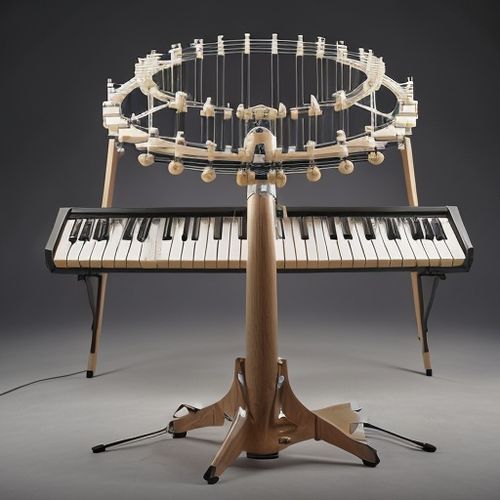
By Benjamin Evans/Apr 14, 2025

By James Moore/Apr 14, 2025

By Laura Wilson/Apr 14, 2025

By Benjamin Evans/Apr 14, 2025
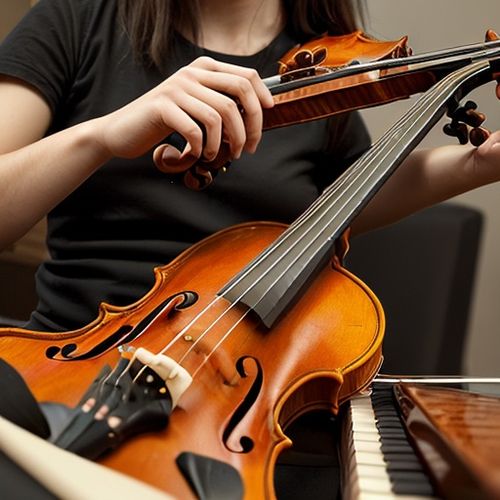
By Thomas Roberts/Apr 14, 2025
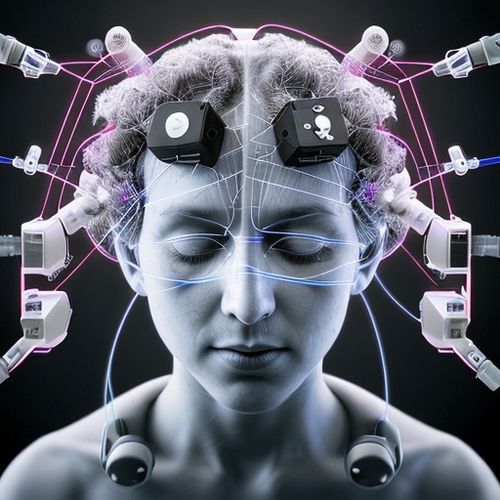
By Sarah Davis/Apr 14, 2025
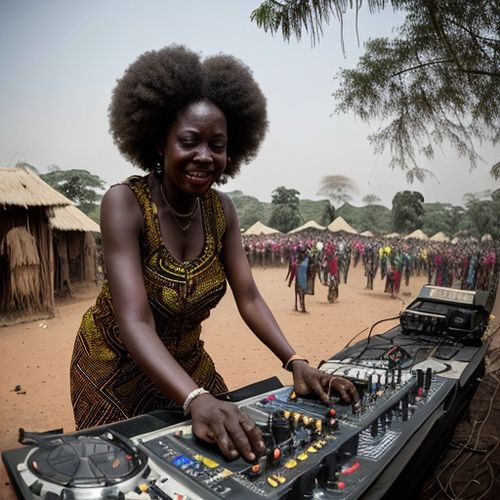
By Rebecca Stewart/Apr 14, 2025
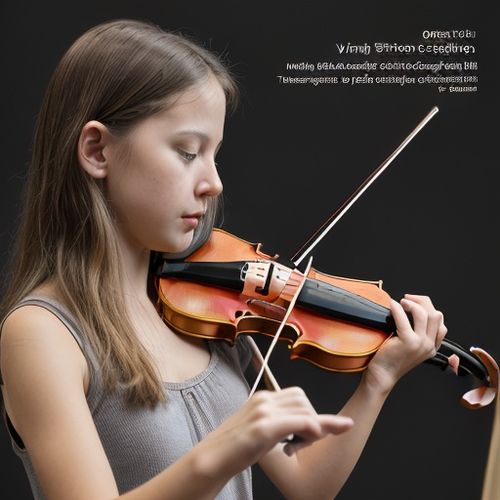
By Rebecca Stewart/Apr 14, 2025
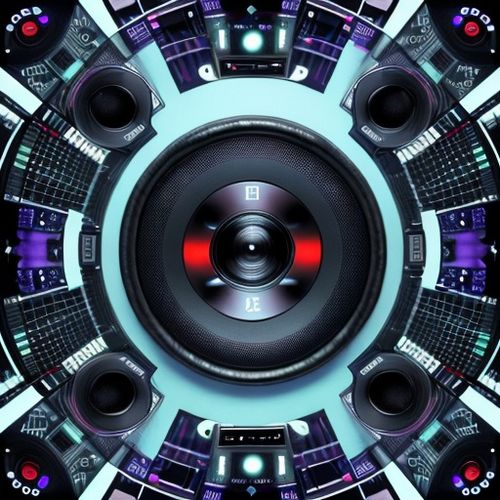
By Eric Ward/Apr 14, 2025
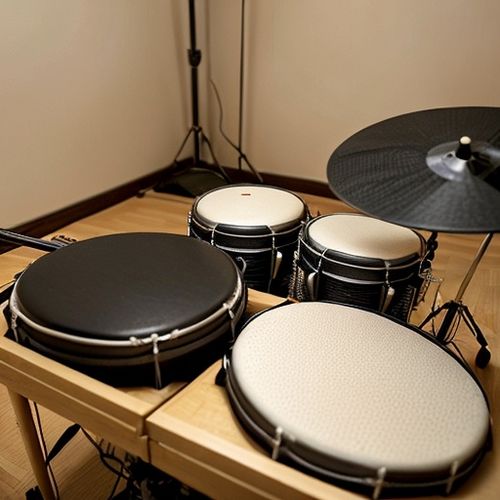
By Michael Brown/Apr 14, 2025
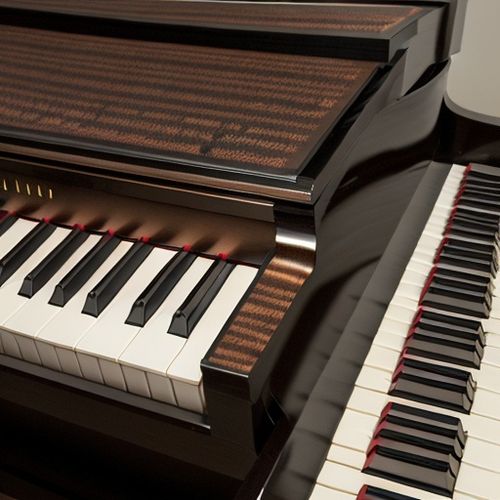
By Noah Bell/Apr 14, 2025
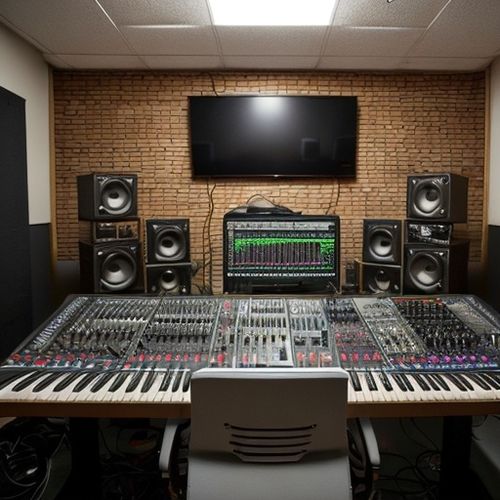
By Olivia Reed/Apr 14, 2025
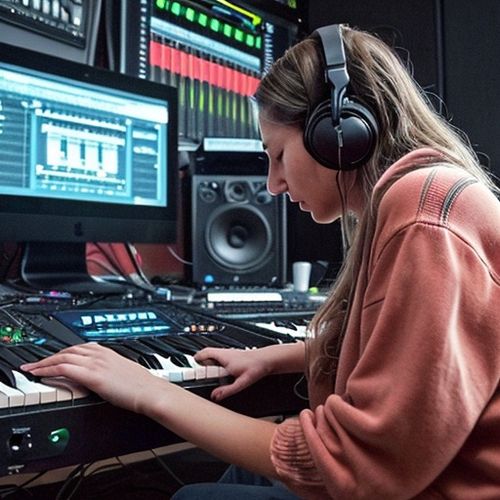
By Rebecca Stewart/Apr 14, 2025
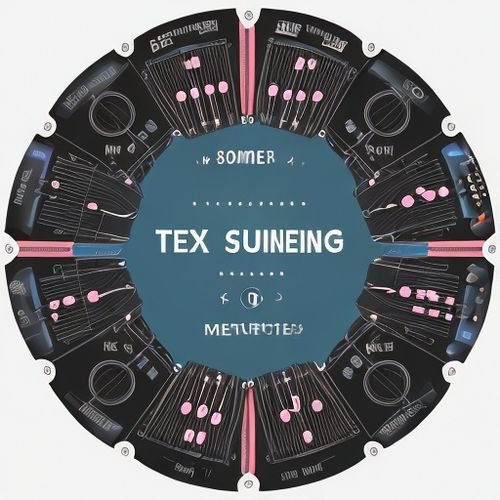
By Sarah Davis/Apr 14, 2025